
13th edition of Refashion Innovation Challenge
Refashion's Innovation Challenge is back for its 13th edition! Find out more about the call for R&D projects and how to apply!

Refashion's Innovation Challenge is back for its 13th edition! Find out more about the call for R&D projects and how to apply!
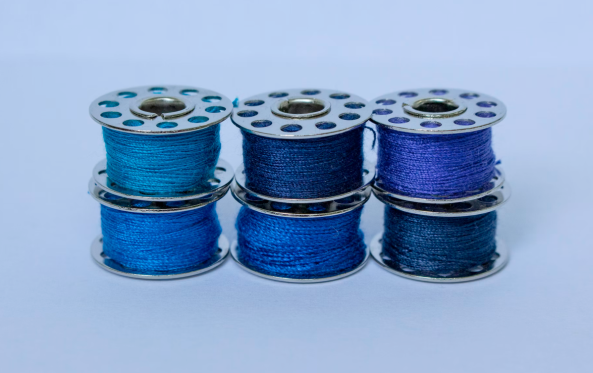
Pour la 2ème édition de son appel à projets annuel dédié au réemploi, Refashion soutient 35 projets en France métropolitaine et à La Réunion.|Pour la 2ème édition de son appel à projets annuel dédié au réemploi, Refashion soutient 35 projets en France métropolitaine et à La Réunion.
Refashion is seeking to transform the end-of-life management of clothing, household linen and footwear (CHF), creating a circular, competitive, sustainable and resilient ecosystem that is part of a broader industrial dynamic spanning France and Europe.
In this section, you can find out more about the different stages in the textile recycling value chain, the key players and the wide range of potential applications.
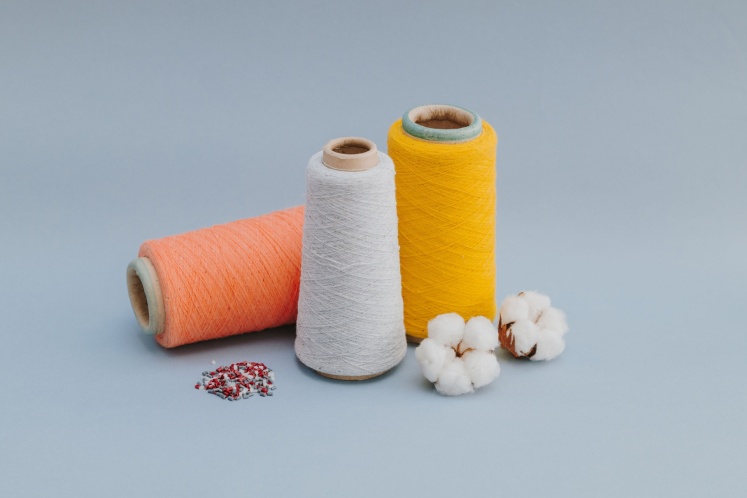
Our guiding principles are to prevent and treat waste and to reduce its impact. Our goal is to reduce environmental impact and make the circular economy tangible and measurable.
Research and development are key to the industry's transformation. Refashion supports and coordinates projects that aim to:
Innovation is the driving force behind circularity: this is how we will make the leap from prototyping to industrial production.
Refashion supports the development of a local second-hand market to increasingly replace new CHF and also to reduce imports of second-hand clothing.
This momentum is underpinned by the development of reconditioning and resale across European markets.
The challenge is to build a competitive industrial base, able to absorb and recycle huge quantities of used textiles and footwear.
This will require:
Making textile recycling a sustainable industrial reality means building an industrial base that is able to create value and jobs and that has a positive impact.
Identify, sort and channel waste streams
Conduct advanced sorting, remove disruptors and prepare materials for recycling
Develop appropriate processes and equipment to automate and optimise the stages of sorting and material preparation
Turn textile and footwear waste into new materials using mechanical, thermomechanical or chemical processes
Spinners, weavers, knitters, garment makers and sole manufacturers who include recycled materials in their products
Plastics manufacturers, manufacturers of insulation and non-woven fabrics, furniture panels and other miscellaneous products using recycled materials for new applications.

The key to success: a collective effort, driven by coordinated investment, collaborative projects and a commitment shared by all the players in the value chain.

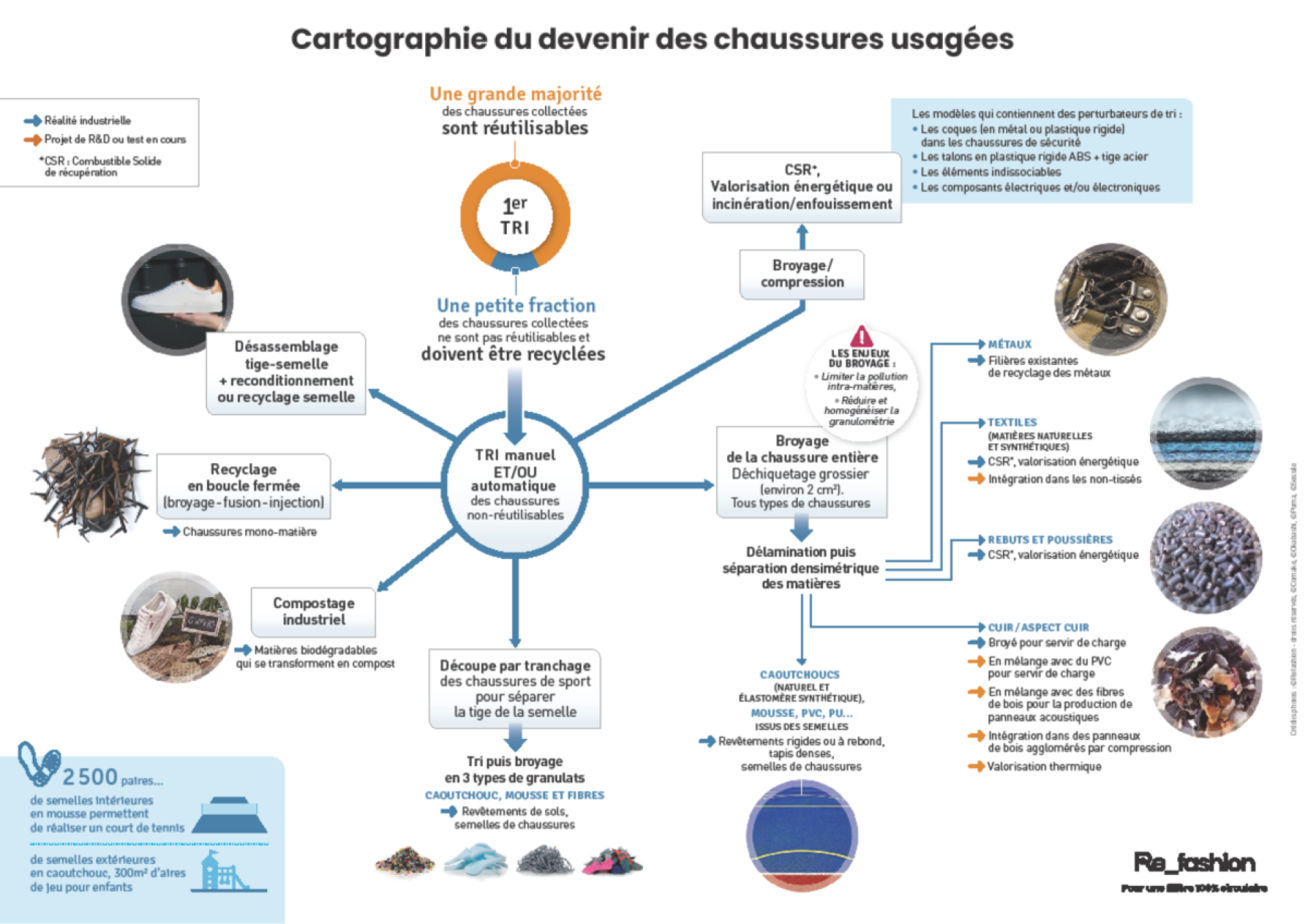
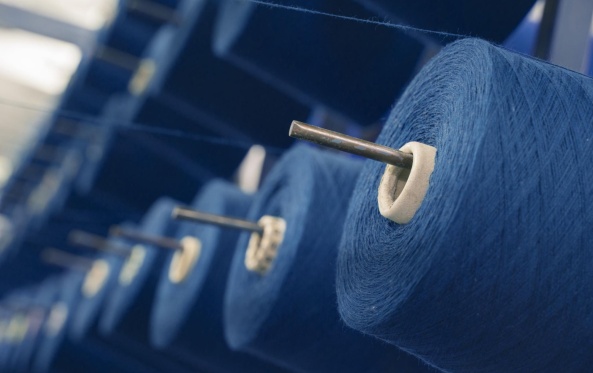
When reuse, repair or re-use are no longer an option, recycling becomes the key to prolonging the life of textile materials and offering them new outlets.
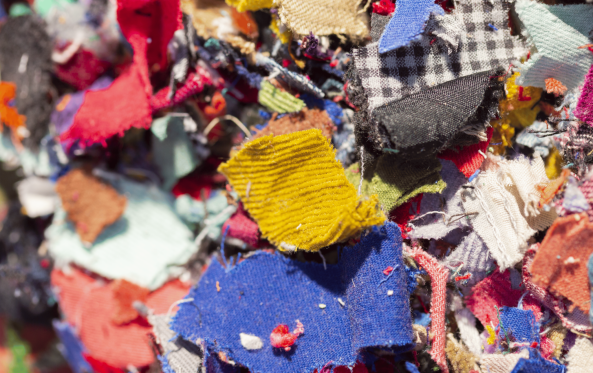
While textiles can be recycled in a variety of ways, footwear recycling presents different challenges. Indeed, footwear is an extremely complex product, due to the different elements that make it up.
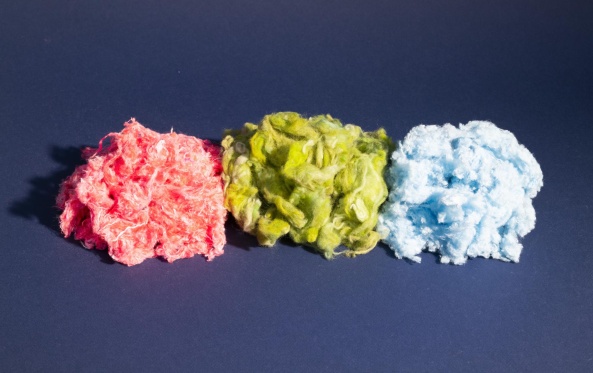
We explain the stakes, technological challenges and innovative solutions for optimizing the quality of recycled materials.